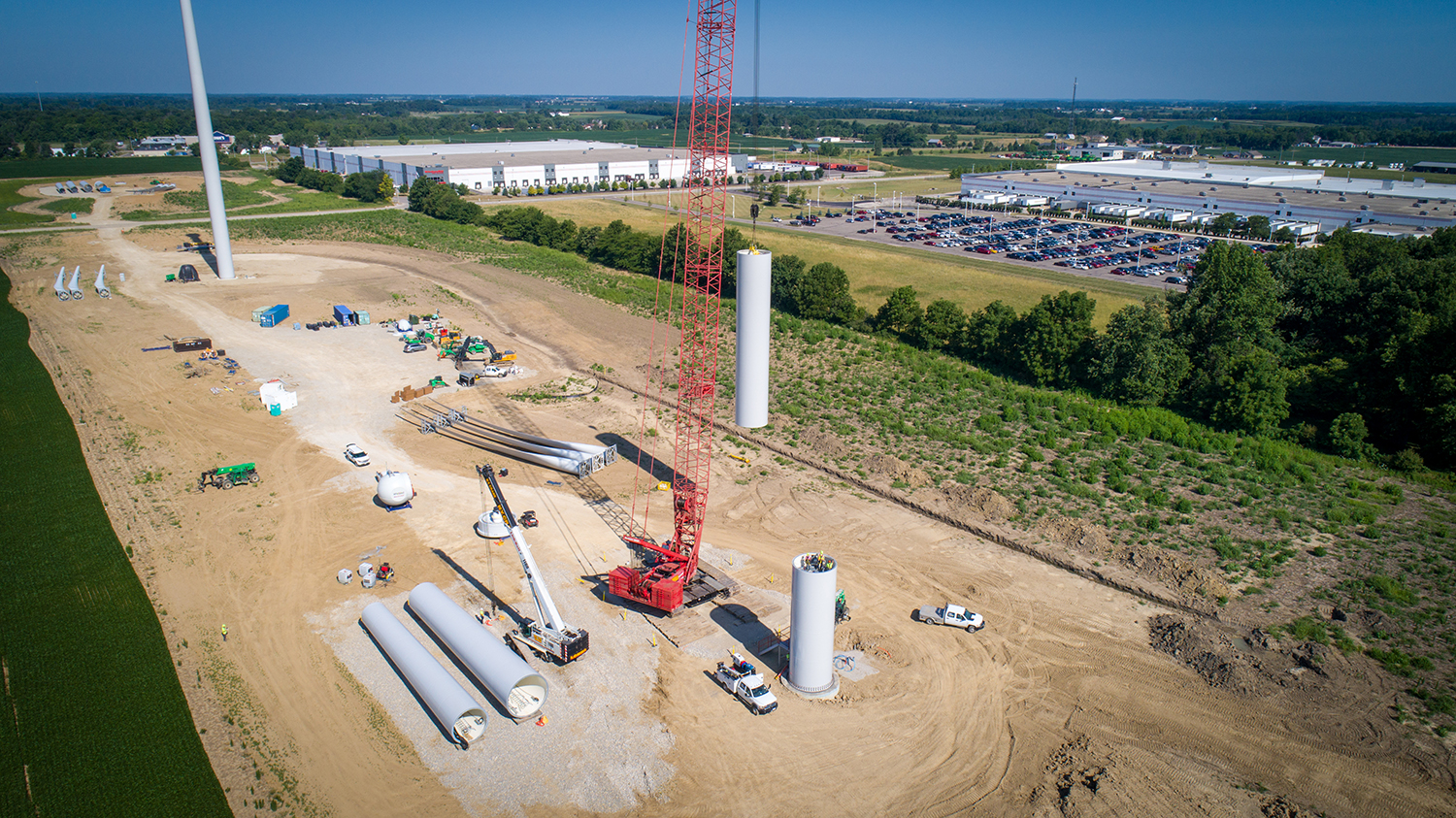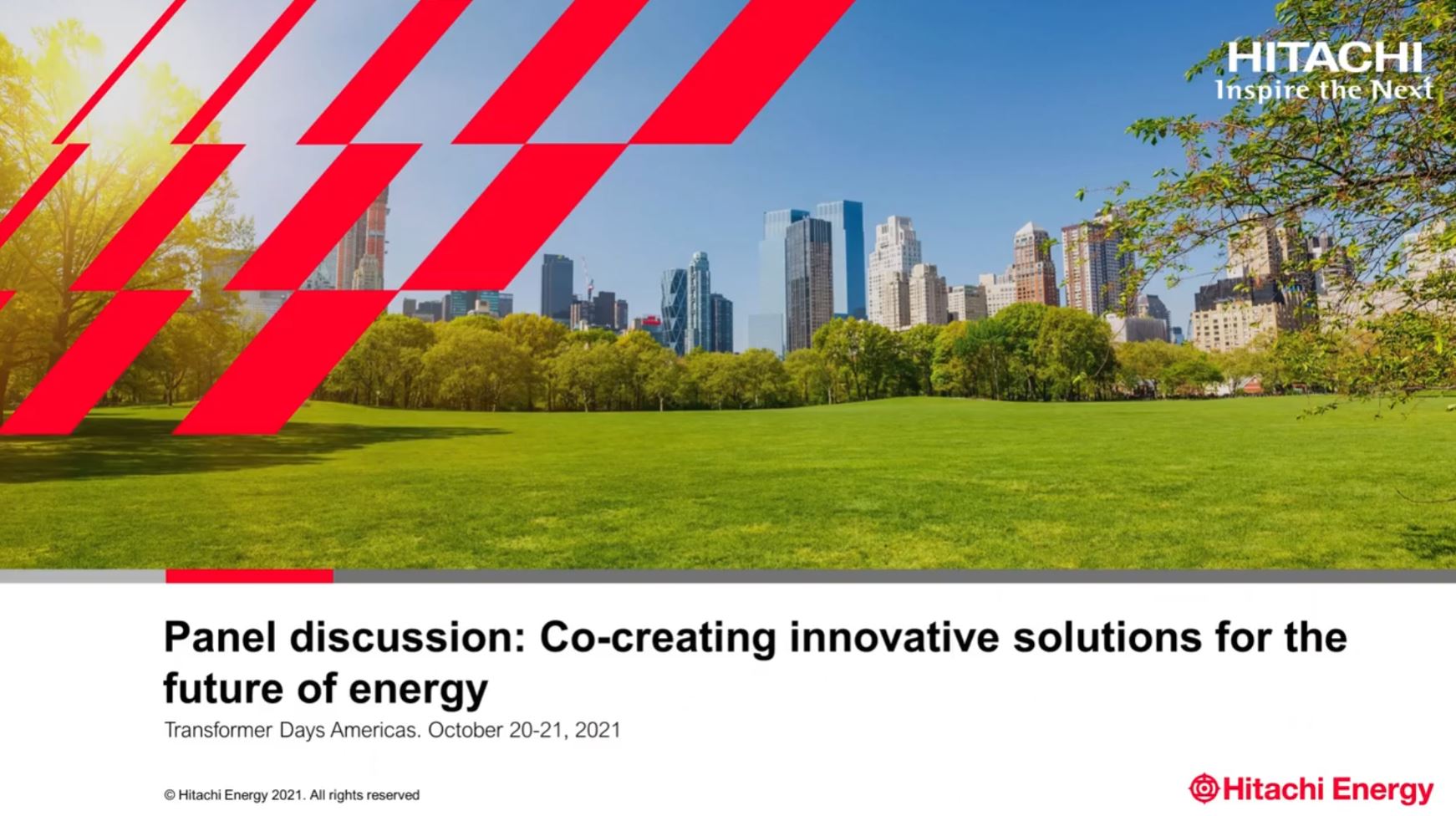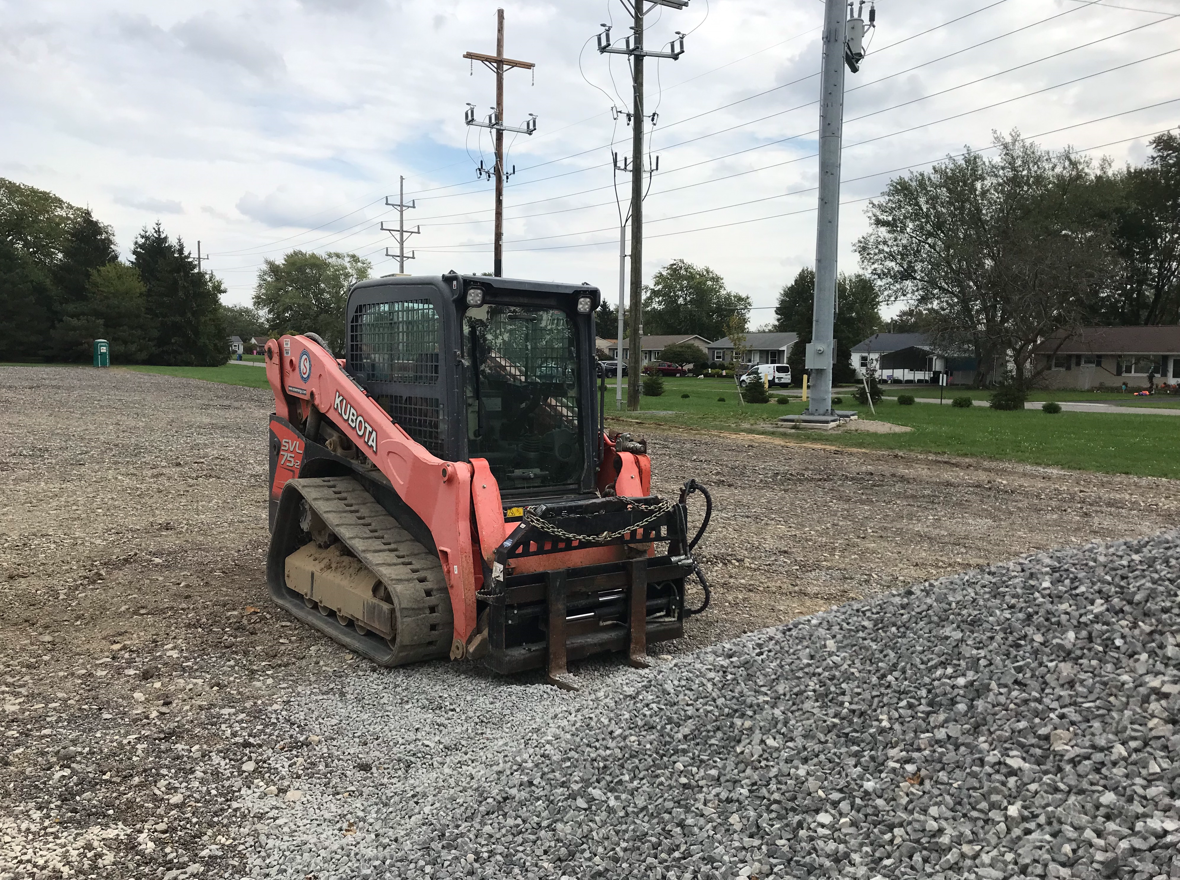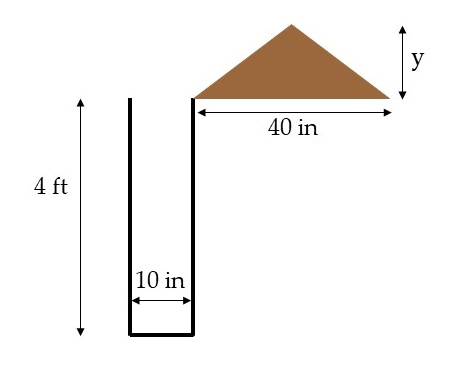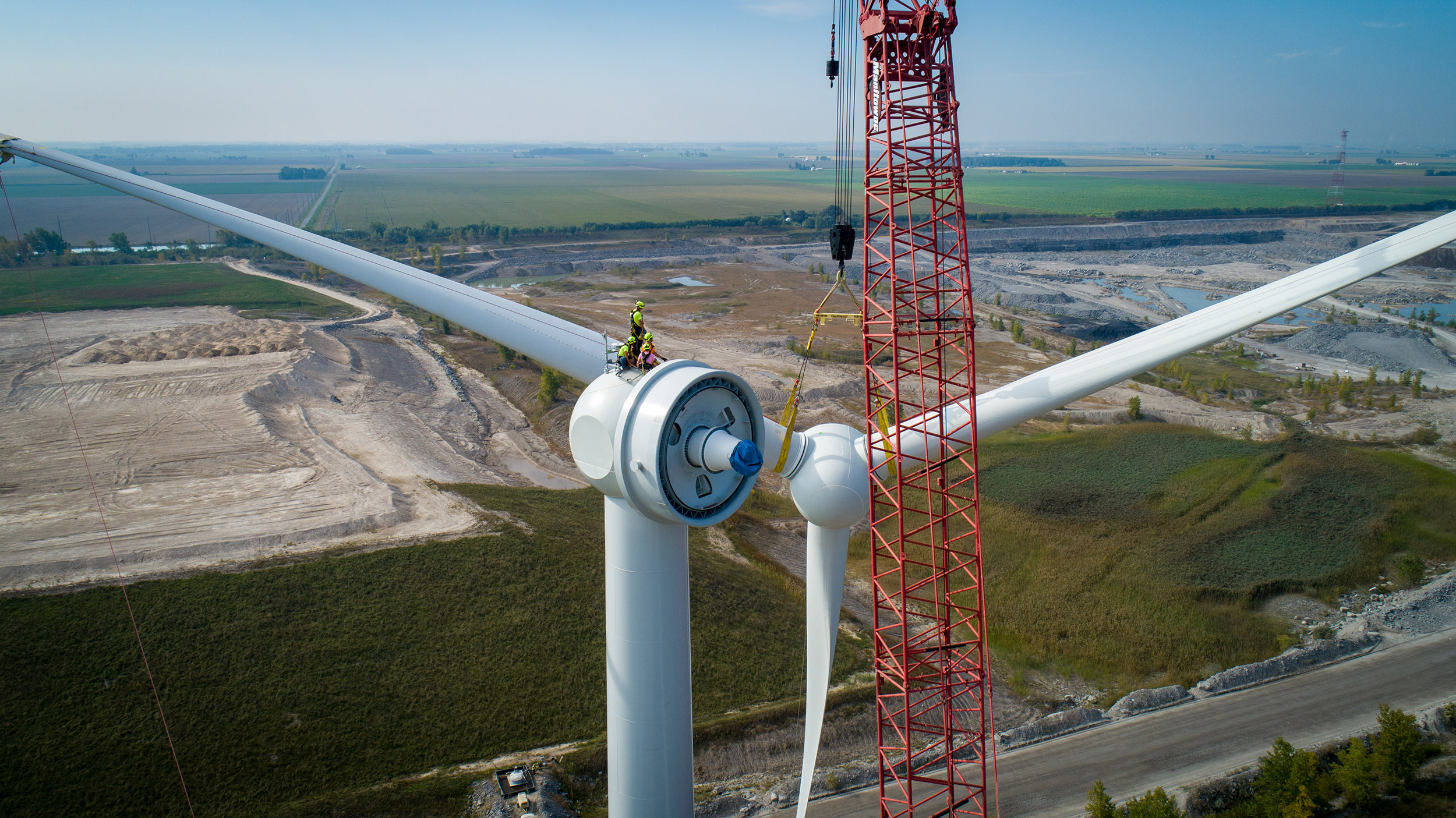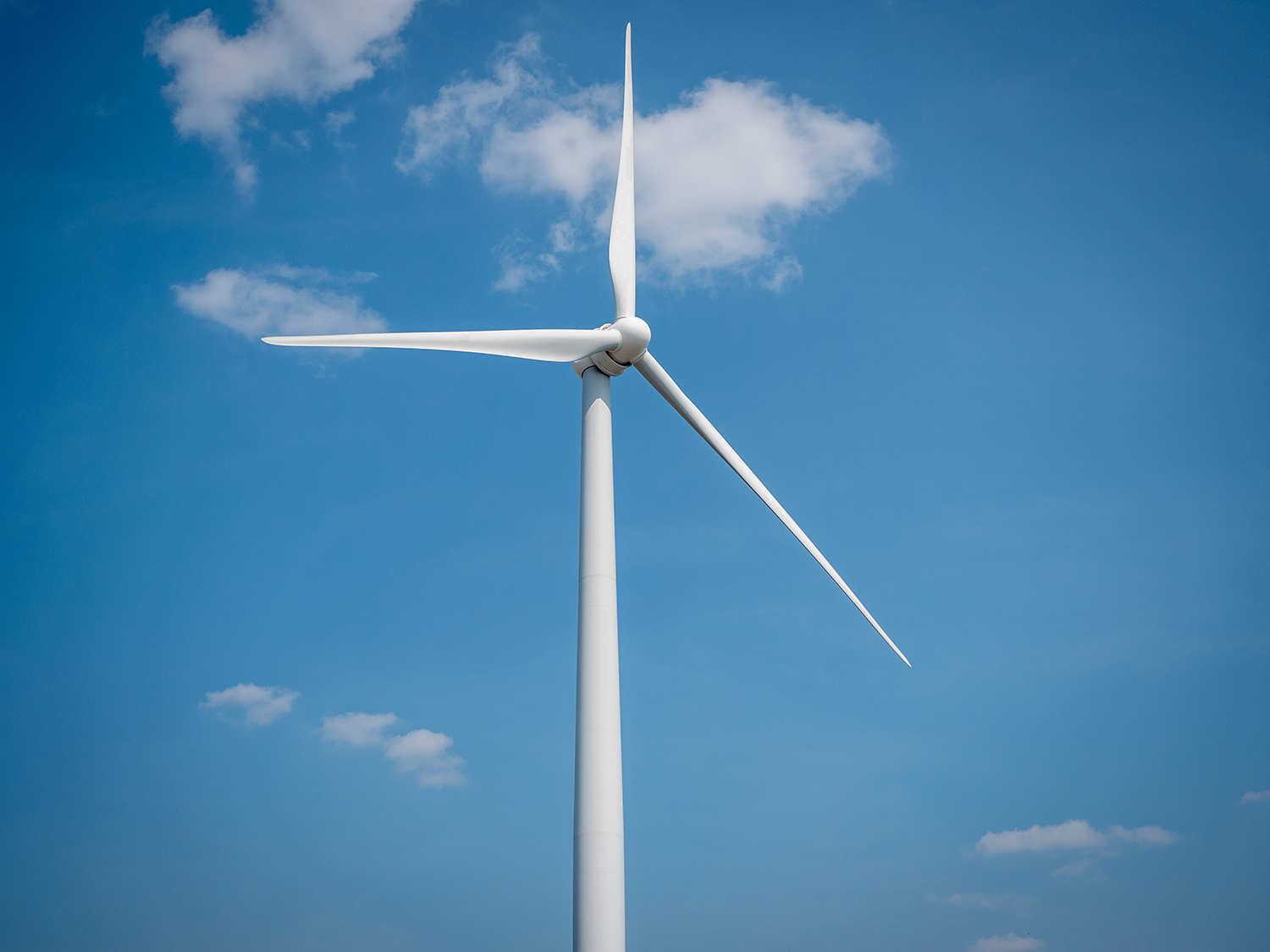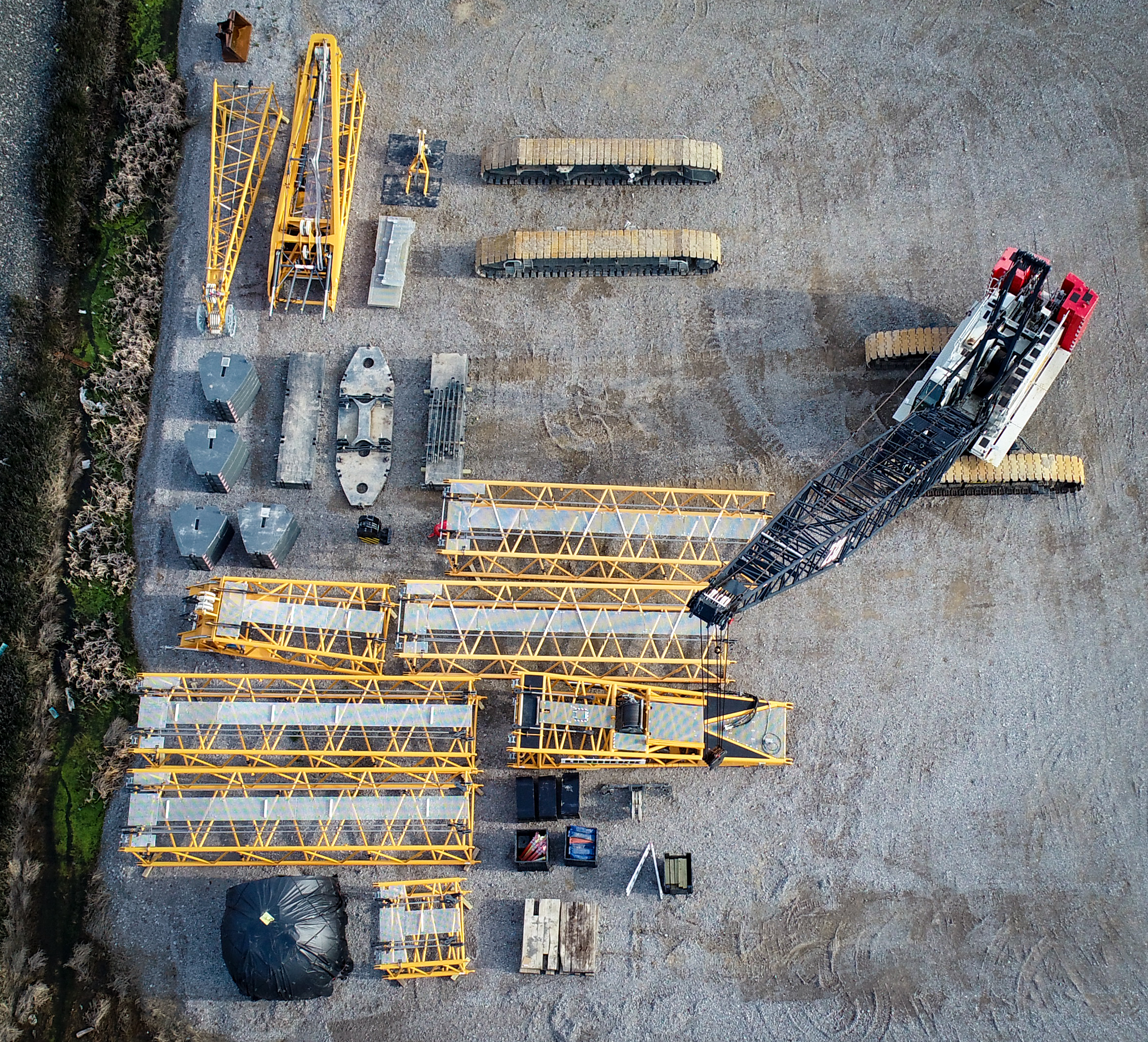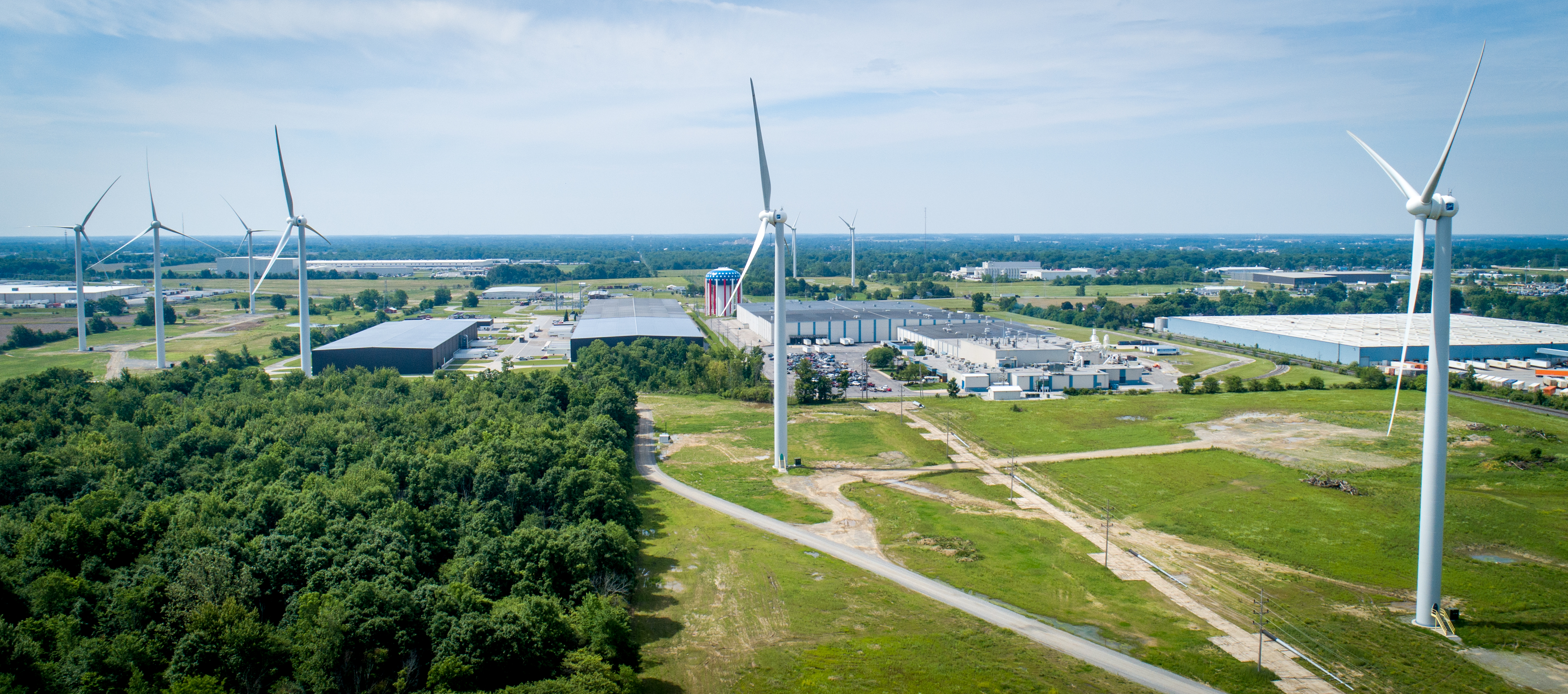ONE ENERGY FEED

SUBSCRIBE
CONNECT WITH US
News Filters
Filter By Category
A Day in the Life
Climb to the Top
Customer Announcement
Executive Thoughts
OE in the News
Press Releases
Safety Minute
Science Shorts
Technician Talk
Tours and Community
Wind Energy Facts
Wind Study
Wind Views
October 27, 2021 – Wind Views | Tower Sections


October 26, 2021 – “Panel discussion: Co-creating innovative solutions for the future of energy,” Transformer Days Americas

This virtual event hosted by Hitachi Energy and Transformers Magazine featured industry experts sharing trends and information in the world of transformers – including sustainability and co-creation. CEO Jereme Kent was asked to participate in a panel with other leaders in the field – to discuss co-creation and our energy future.
“If you aren’t willing to have two-way candor, there’s no co-creation,” Jereme said, on the topic of making information available and being honest. “True co-creation is what allows for innovation.”
For more, register for free and watch the recording here.
October 25, 2021 – Wind Study | Question 26


October 20, 2021 – Wind Views | Flying a Rotor


October 18, 2021 – Wind Study | Answer 25


October 13, 2021 – Wind Views | Crane Disassembly


October 11, 2021 – Wind Study | Question 25


October 07, 2021 – Technician Talk | High Voltage Glove Inspection Guidelines


October 07, 2021 – Executive Thoughts | Pointing the Finger Where it Needs to be Pointed


October 06, 2021 – Wind Views | Independent Turbine Rotation


WHERE WOULD YOU LIKE TO GO NEXT?

